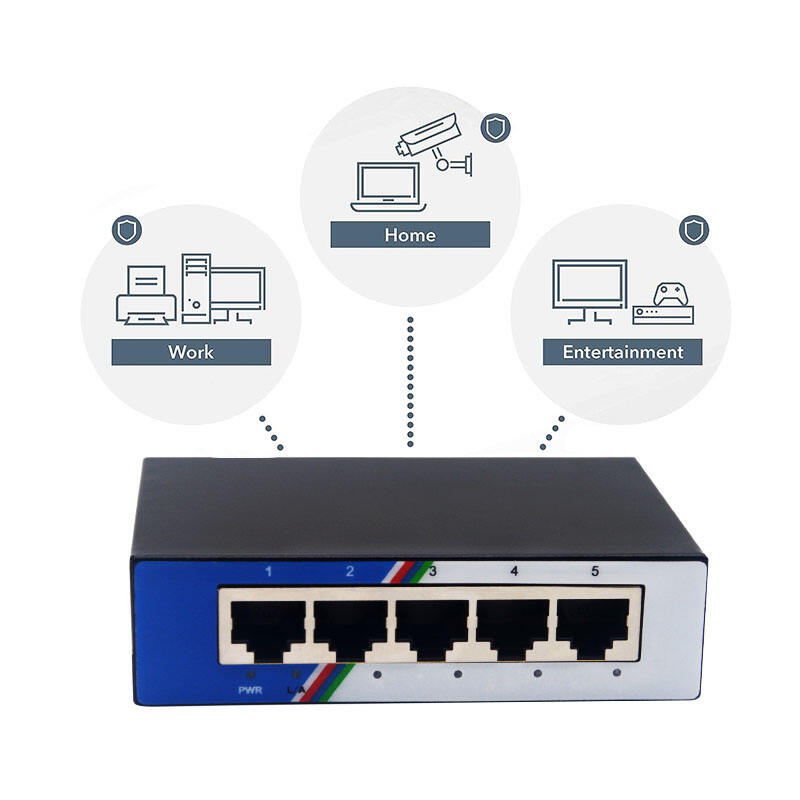
A DIN Rail Ethernet switch is a type of Ethernet switch designed for installation on a DIN rail which is a standard mounting structure used for electrical and industrial equipment. These types of systems are used in industrial applications such as factories, power plants, and even transport systems. DIN Rail Ethernet switches are compact and can be easily installed onto control panels or electrical boxes. They have industrial grade components, redundant power supply capability, and rugged environmental support features. In a factory automation system, a DIN Rail Ethernet switch can be employed to connect different industrial devices such as PLCs, actuators and sensors, providing efficient and reliable networking for industrial applications
